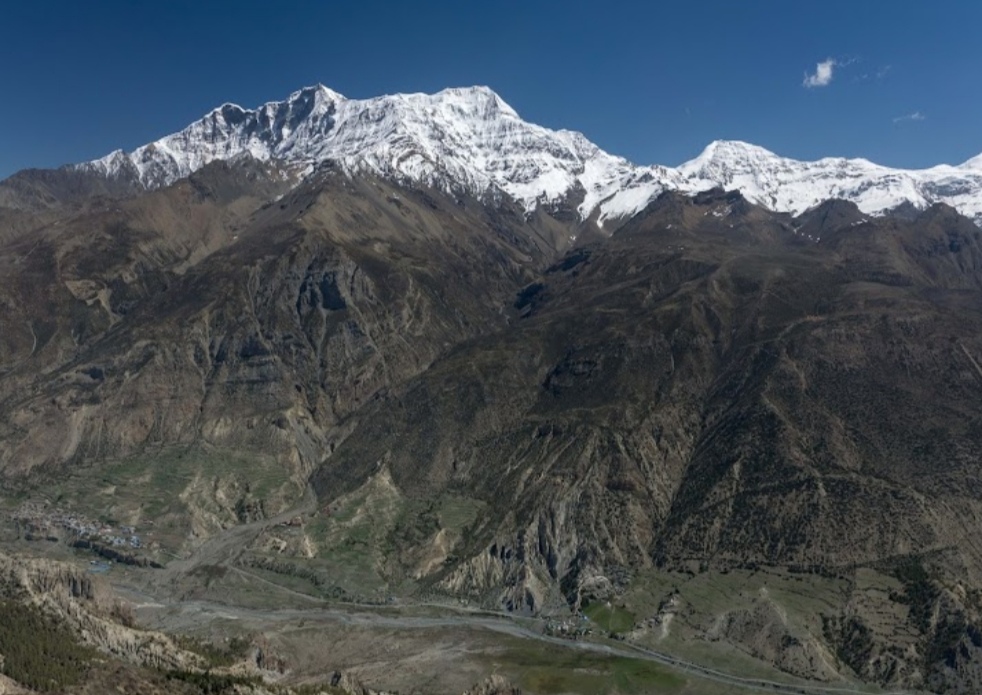Manang, January 26 – A motorable bridge is set to be constructed over the Marshyangdi River near Bhraka, Manang Ngisyang Rural Municipality–5, to enhance access to the revered Milarepa Cave, a significant religious and tourist destination along the Annapurna Circuit trekking route. The Ministry of Urban Development has allocated NPR 144.94 million for the project, ensuring the commencement of construction. This bridge will connect the recently opened motor road from Munje to Milarepa Cave, providing better transportation facilities to the area.
The Ministry of Urban Development has allocated NPR 144.94 million for the project, ensuring the commencement of construction. This bridge will connect the recently opened motor road from Munje to Milarepa Cave, providing better transportation facilities to the area.
Multi-Year Development Project
The project, initiated under the coordination of Member of Parliament Tek Bahadur Gurung, is part of a larger plan to make Milarepa Cave more accessible to pilgrims and tourists. A motor road spanning 2,800 meters in length and 5 meters in width has already been constructed as a part of the initiative. To complete the connection, a 50-meter-long and 7-meter-wide motorable bridge will be built over the Marshyangdi River, according to Vinod Gurung, Chairman of the Manang Tourism Entrepreneurs Committee.
The construction has been included in a multi-year development plan, with NPR 25 million allocated for the fiscal year 2081–082 (2024–2025), NPR 72.47 million for 2082–083 (2025–2026), and NPR 47.47 million for 2083–084 (2026–2027). The Ministry plans to modify an earlier design to fit the project requirements.
Tourism and Economic Prospects
Expected to be completed within three years, the bridge is anticipated to boost local tourism by improving access to Milarepa Cave and other nearby religious and cultural sites. Local residents and tourism stakeholders believe that the bridge will play a pivotal role in promoting the area's tourism potential, thereby contributing to the economic development of Manang.
Once completed, the project will not only ensure smoother travel for visitors but also strengthen Manang's position as a prominent destination for religious and adventure tourism in Nepal.
This development highlights the government's commitment to fostering sustainable tourism and infrastructure development in rural regions, providing a lifeline to communities and helping preserve cultural heritage.